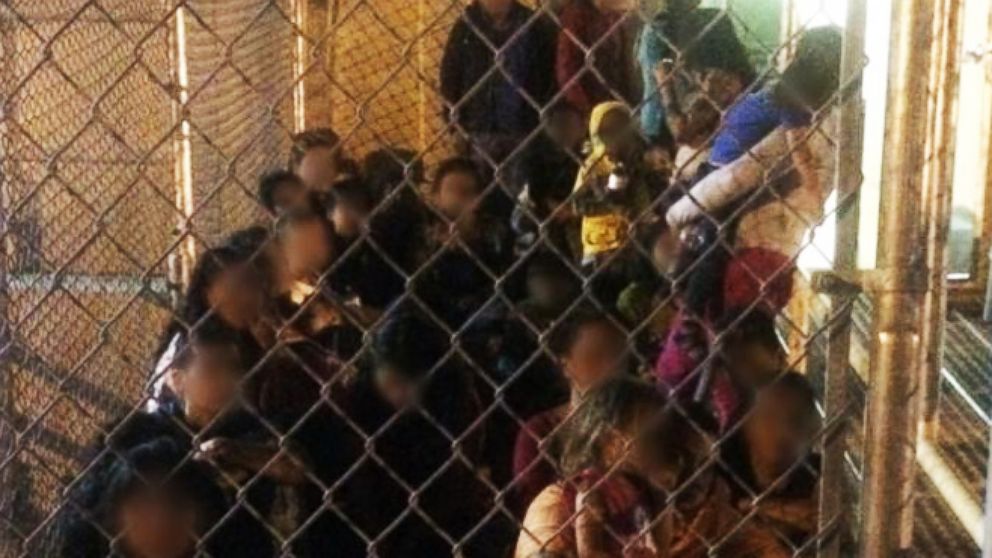Perceptions of minority residents on coalition building in South Los Angeles
Source: JournalistsResource.org- Read more about Perceptions of minority residents on coalition building in South Los Angeles
- Log in to post comments
Between 1970 and 1997, Hispanics in South Los Angeles increased from 10% of the population to approximately 50%. During the same period, 300,000 manufacturing jobs were lost and replaced by low-wage positions held by immigrants. At the same time, small businesses shifted from African-Americans to Latinos and Asians. After tensions erupted in widespread violence in 1992, incidents have continued between Latinos, African-Americans and other ethnic groups.



